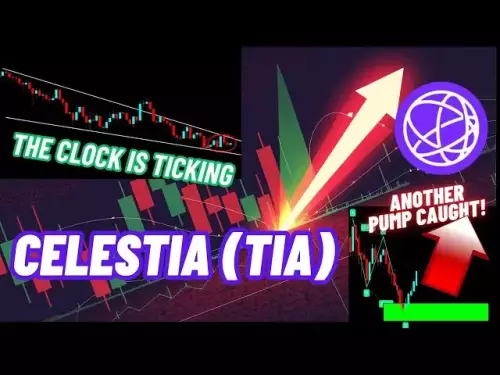-
 Bitcoin
Bitcoin $108300
-3.50% -
 Ethereum
Ethereum $4338
-3.12% -
 Tether USDt
Tether USDt $1.000
0.00% -
 XRP
XRP $2.818
-4.72% -
 BNB
BNB $859.4
-1.80% -
 Solana
Solana $204.6
-4.68% -
 USDC
USDC $0.9998
-0.01% -
 Dogecoin
Dogecoin $0.2139
-4.13% -
 TRON
TRON $0.3382
-1.88% -
 Cardano
Cardano $0.8255
-3.59% -
 Chainlink
Chainlink $23.32
-5.30% -
 Hyperliquid
Hyperliquid $44.15
-3.40% -
 Ethena USDe
Ethena USDe $1.001
-0.02% -
 Sui
Sui $3.265
-5.73% -
 Stellar
Stellar $0.3618
-4.52% -
 Bitcoin Cash
Bitcoin Cash $528.8
-5.15% -
 Avalanche
Avalanche $23.42
-5.67% -
 Hedera
Hedera $0.2273
-4.71% -
 Cronos
Cronos $0.2674
-17.21% -
 UNUS SED LEO
UNUS SED LEO $9.510
-0.73% -
 Litecoin
Litecoin $109.7
-3.15% -
 Toncoin
Toncoin $3.071
-3.18% -
 Shiba Inu
Shiba Inu $0.00001216
-3.80% -
 Polkadot
Polkadot $3.765
-5.06% -
 Uniswap
Uniswap $9.600
-3.89% -
 Dai
Dai $0.0000
0.00% -
 Bitget Token
Bitget Token $4.535
-1.38% -
 Aave
Aave $317.5
0.52% -
 Monero
Monero $261.1
-1.80% -
 Ethena
Ethena $0.6329
-5.76%
What does it mean when the time-sharing chart has continuous volume peaks but the price fluctuation is not large?
"Continuous volume spikes on time-sharing charts without price movement may signal strategic accumulation, distribution, or market manipulation in crypto trading."
Jun 24, 2025 at 03:49 am

Understanding the Time-Sharing Chart in Cryptocurrency Trading
In cryptocurrency trading, time-sharing charts are crucial tools that help traders monitor real-time price movements and volume activity. These charts display data within specific time intervals—such as 1-minute, 5-minute, or 15-minute windows—and allow for granular analysis of market behavior. Traders often rely on these charts to identify short-term trends, spot anomalies, and make informed decisions.
The key elements of a time-sharing chart include price, volume, and sometimes order flow indicators. When analyzing such charts, it's not uncommon to observe situations where volume peaks repeatedly but the price remains relatively flat. This phenomenon raises questions about market intent and underlying dynamics.
Time-sharing charts are essential for detecting micro-market behaviors that may not be visible on larger timeframes.
What Does Continuous Volume Peaks Indicate?
When you see continuous spikes in trading volume over several intervals on a time-sharing chart, it typically signals increased market participation. However, if this occurs without corresponding significant price movement, it suggests a different kind of market activity is at play.
Volume is generally considered a leading indicator of price direction. High volume usually accompanies strong moves either up or down. But when volume increases consistently without a clear directional bias, it can point to accumulation or distribution by large players, also known as 'whales.'
- Accumulation phase: Large buyers might be slowly entering positions without moving the price too much.
- Distribution phase: Institutional holders could be offloading assets gradually to avoid triggering panic selling.
- Market manipulation: Wash trading or spoofing techniques might be used to create artificial volume.
Continuous volume peaks without price change may indicate strategic positioning rather than speculative momentum.
Why Isn’t the Price Moving Despite High Volume?
One of the more puzzling aspects of technical analysis is encountering high volume with minimal price fluctuation. In normal market conditions, rising volume should reflect either bullish or bearish pressure. However, in some cases, especially in crypto markets, this relationship breaks down temporarily.
This situation often arises due to tight order books, meaning that buy and sell orders are closely matched in price. As a result, even though there’s high trading activity, neither side is able to push the price significantly in one direction.
Another possible explanation is range-bound trading, where the asset is stuck between support and resistance levels. Traders may be testing these boundaries, but until one side gains dominance, the price will remain stable despite high turnover.
- Order book balance: Equal pressure from both buyers and sellers maintains equilibrium.
- Range-bound consolidation: The market is digesting previous moves before breaking out.
- Algorithmic trading: Automated systems may be executing trades without affecting price structure.
Price stagnation amid rising volume may signal a battle between bulls and bears without a clear victor yet.
How Can You Interpret This Pattern in Real-Time Trading?
Interpreting the scenario where volume rises continuously but price doesn't budge requires a combination of tools and context. It’s important to assess the broader trend and market sentiment before making assumptions based solely on this pattern.
Traders should consider overlaying moving averages, Relative Strength Index (RSI), or Bollinger Bands to determine whether the asset is oversold or overbought. Additionally, checking the depth of the order book can reveal whether large orders are being placed or canceled frequently.
Here’s how you can approach this pattern:
- Check the timeframe: Ensure you're not misinterpreting short-term noise as a meaningful signal.
- Analyze order book depth: Look for hidden liquidity or wash trade patterns.
- Monitor external news: Sometimes price inertia is caused by uncertainty or waiting for major announcements.
- Use candlestick formations: See if indecision candles like doji or spinning tops appear during this period.
Real-time interpretation demands combining multiple indicators to confirm or reject hypotheses derived from volume-price divergence.
What Are the Risks of Misreading This Signal?
Misinterpreting the significance of volume surges without price movement can lead to premature trades or missed opportunities. Many novice traders assume that rising volume always precedes a breakout, which isn’t necessarily true.
If a trader enters a position expecting a price move based on volume alone, they risk getting caught in a false breakout or facing slippage due to thin liquidity. Moreover, if the volume spike is artificially created through wash trading, then the perceived strength is misleading.
- Falling into a trap: Fake volume can lure traders into volatile but unprofitable setups.
- Poor timing: Entering too early might mean enduring extended sideways movement.
- Liquidity issues: High volume doesn’t always translate into tradable liquidity at desired prices.
Misreading this pattern can expose traders to unnecessary risks, especially in less-regulated crypto markets.
Frequently Asked Questions
Q: Can continuous volume peaks suggest an upcoming breakout?A: Yes, they can hint at a potential breakout, but only if accompanied by a shift in order book dynamics or a decisive move beyond key support/resistance levels.
Q: How can I differentiate between organic volume and wash trading?A: Organic volume tends to correlate with actual price movement or significant order placements, while wash trading often shows repetitive, symmetrical volume patterns with no real directional outcome.
Q: Should I trade based solely on volume spikes in time-sharing charts?A: No, volume spikes alone aren't sufficient for reliable trading decisions. Always cross-check with other indicators and contextual factors like market sentiment or macroeconomic events.
Q: What tools help analyze volume without price movement effectively?A: Order book analyzers, volume profile tools, and depth charts are particularly useful for understanding hidden liquidity and institutional behavior behind apparent volume spikes.
Disclaimer:info@kdj.com
The information provided is not trading advice. kdj.com does not assume any responsibility for any investments made based on the information provided in this article. Cryptocurrencies are highly volatile and it is highly recommended that you invest with caution after thorough research!
If you believe that the content used on this website infringes your copyright, please contact us immediately (info@kdj.com) and we will delete it promptly.
- Malagón, América, and Revenge: A Hunger for Redemption in 2025
- 2025-08-30 07:53:33
- Ethereum, Crypto Trends, and the Core of Innovation: A NYC Perspective
- 2025-08-30 08:50:40
- Memecoin Millionaires: Can Ethereum's Pepeto Pave the Path?
- 2025-08-30 06:00:22
- Pepeto's Play: Can This Memecoin Be the Next BNB?
- 2025-08-30 06:58:50
- Bitcoin, SPACs, and Institutional Adoption: A New Era of Crypto Investment
- 2025-08-30 07:57:40
- Polkadot, Pi Coin, and Governance: Navigating the Crypto Maze
- 2025-08-30 03:47:42
Related knowledge

The MACD histogram has turned from green to red, but the fast and slow lines are still below the water level. How can I interpret this?
Aug 30,2025 at 07:13am
Understanding the MACD Histogram Shift1. The MACD histogram turning from green to red indicates a weakening of downward momentum in the price trend. T...
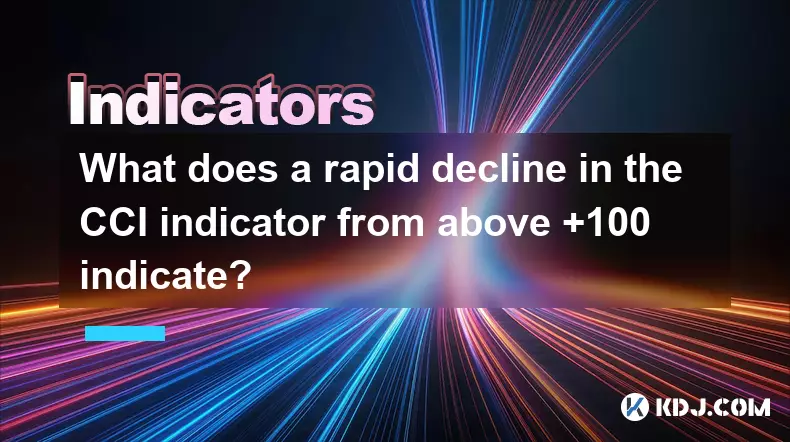
What does a rapid decline in the CCI indicator from above +100 indicate?
Aug 30,2025 at 05:17am
Rapid Decline in CCI from Above +100: Key Implications1. The Commodity Channel Index (CCI) is a momentum-based oscillator widely used in cryptocurrenc...

How should the RSI enter the oversold zone but the MACD remains below the zero axis?
Aug 29,2025 at 07:55pm
Understanding the RSI and MACD Divergence in Bearish Markets1. When the Relative Strength Index (RSI) enters the oversold zone—typically defined as a ...
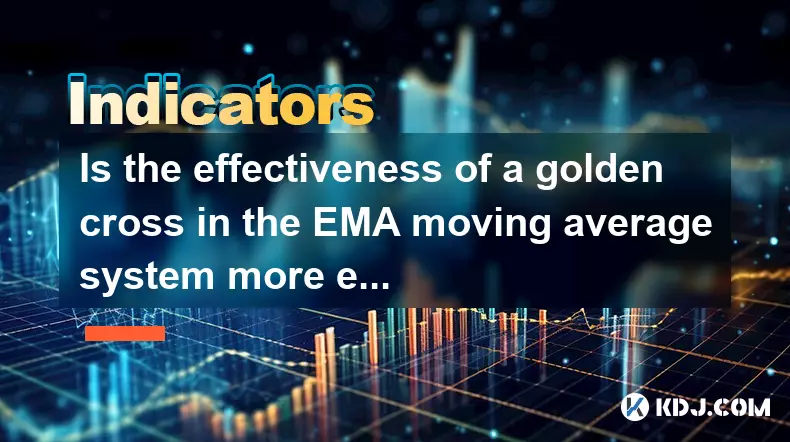
Is the effectiveness of a golden cross in the EMA moving average system more effective than a simple SMA?
Aug 30,2025 at 05:39am
Understanding the Golden Cross in Moving Averages1. The golden cross occurs when a short-term moving average crosses above a long-term moving average,...
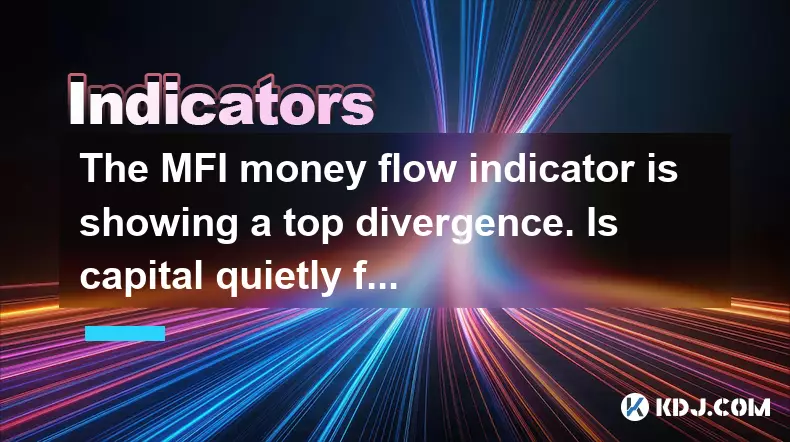
The MFI money flow indicator is showing a top divergence. Is capital quietly flowing out?
Aug 30,2025 at 06:51am
The MFI Indicator and Its Significance in Crypto Markets1. The Money Flow Index (MFI) is a momentum oscillator that measures the flow of money into an...
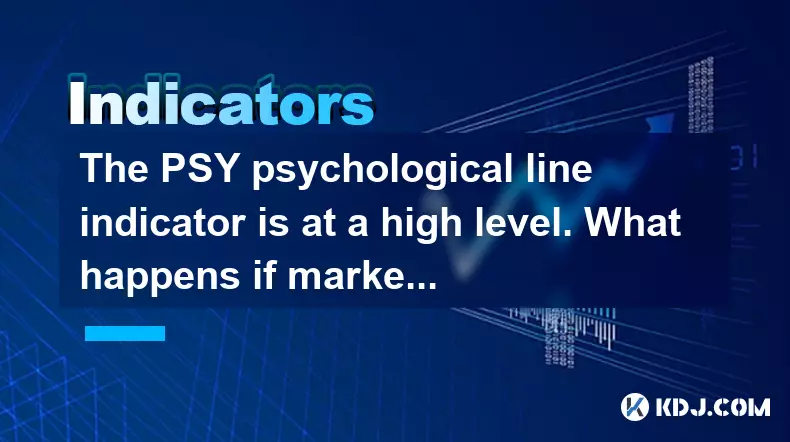
The PSY psychological line indicator is at a high level. What happens if market sentiment becomes overheated?
Aug 30,2025 at 02:37am
The PSY Psychological Line Indicator and Market Sentiment1. The PSY psychological line indicator measures the ratio of days when the closing price ris...

The MACD histogram has turned from green to red, but the fast and slow lines are still below the water level. How can I interpret this?
Aug 30,2025 at 07:13am
Understanding the MACD Histogram Shift1. The MACD histogram turning from green to red indicates a weakening of downward momentum in the price trend. T...

What does a rapid decline in the CCI indicator from above +100 indicate?
Aug 30,2025 at 05:17am
Rapid Decline in CCI from Above +100: Key Implications1. The Commodity Channel Index (CCI) is a momentum-based oscillator widely used in cryptocurrenc...

How should the RSI enter the oversold zone but the MACD remains below the zero axis?
Aug 29,2025 at 07:55pm
Understanding the RSI and MACD Divergence in Bearish Markets1. When the Relative Strength Index (RSI) enters the oversold zone—typically defined as a ...

Is the effectiveness of a golden cross in the EMA moving average system more effective than a simple SMA?
Aug 30,2025 at 05:39am
Understanding the Golden Cross in Moving Averages1. The golden cross occurs when a short-term moving average crosses above a long-term moving average,...

The MFI money flow indicator is showing a top divergence. Is capital quietly flowing out?
Aug 30,2025 at 06:51am
The MFI Indicator and Its Significance in Crypto Markets1. The Money Flow Index (MFI) is a momentum oscillator that measures the flow of money into an...

The PSY psychological line indicator is at a high level. What happens if market sentiment becomes overheated?
Aug 30,2025 at 02:37am
The PSY Psychological Line Indicator and Market Sentiment1. The PSY psychological line indicator measures the ratio of days when the closing price ris...
See all articles


























